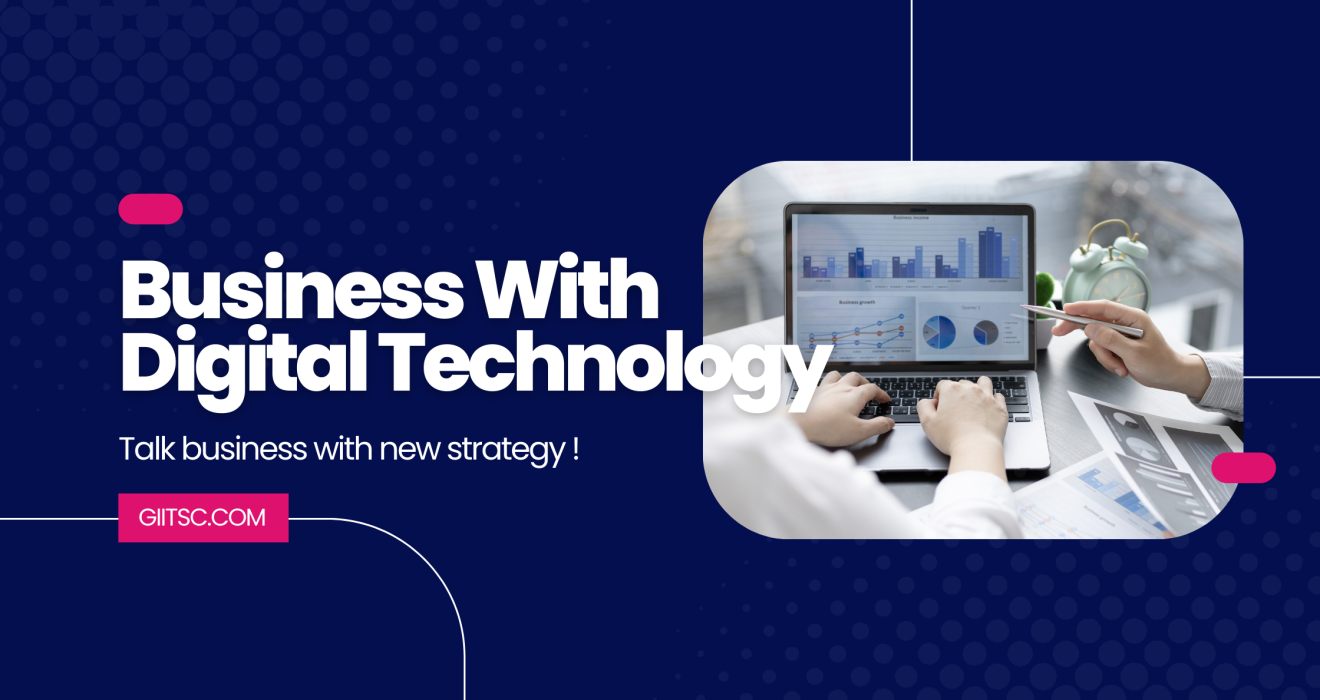Software Development in 2025 and Beyond: AI, Security & UX
Software development has never stood still. From the early days of manual coding to today’s agile, cloud-driven practices, every decade has reshaped how we build technology. But as we step into 2025, three forces are redefining the future of software: Artificial Intelligence, Security, and User Experience.
This is more than just a shift in tools — it’s a transformation in how software delivers value to people and businesses.
1. AI: From Assistant to Collaborator
Artificial Intelligence is no longer a futuristic concept. AI-powered tools are now integrated into the daily workflow of developers, helping with everything from code suggestions to automated testing.
- Faster Development: AI assistants can generate code snippets, freeing developers to focus on solving complex problems.
- Smarter Systems: Predictive algorithms allow software to adapt in real time, creating more personalized and efficient applications.
- New Skills Required: Developers must learn how to work with AI responsibly, balancing speed with ethical and secure practices.
By 2025, the role of a software engineer will be less about writing every line of code, and more about designing intelligent systems that can evolve on their own.
2. Security by Design
Cybersecurity is no longer something you “add on” at the end of development. With rising threats and stricter regulations, security must be baked in from day one.
- Shift-Left Security: Testing and compliance now begin at the earliest stages of design.
- Data Protection: Encryption, identity management, and privacy safeguards are becoming default features, not optional extras.
- Continuous Monitoring: Post-launch, software must defend itself through automated alerts and self-healing systems.
The companies that win in this new era are the ones that make security a culture, not just a checklist.
3. Human-Centered UX
In 2025, the best software isn’t just functional — it’s human. Users expect apps and platforms that are intuitive, inclusive, and seamless across devices.
- Accessibility First: Building for all users, regardless of ability, is now a baseline expectation.
- Cross-Platform Consistency: Whether on mobile, web, or wearable devices, experiences must feel unified.
- Emotion in Design: People engage with products that understand their needs, not just their clicks.
A great user experience is no longer an afterthought — it’s the competitive edge.
4. Collaboration Is the New Superpower
Modern development is rarely a solo act. Open-source communities, global remote teams, and cloud-based platforms are making collaboration the cornerstone of innovation.
The future belongs to teams that share knowledge, reuse solutions, and co-create across borders.
Final Thoughts
Software development in 2025 and beyond is about more than coding. It’s about combining intelligence, security, and empathy to build technology that works smarter, protects better, and feels more human.
At giitsc, we see every project as a step toward that future. We’re committed to creating solutions that not only meet technical requirements but also empower the people who use them.
👉 What do you think will shape the future of software development most: AI, Security, or UX?
#SoftwareDevelopment #AI #Cybersecurity #UX #FutureOfTech
https://www.linkedin.com/feed/update/urn:li:activity:7371602474455109632/?actorCompanyId=10905542

